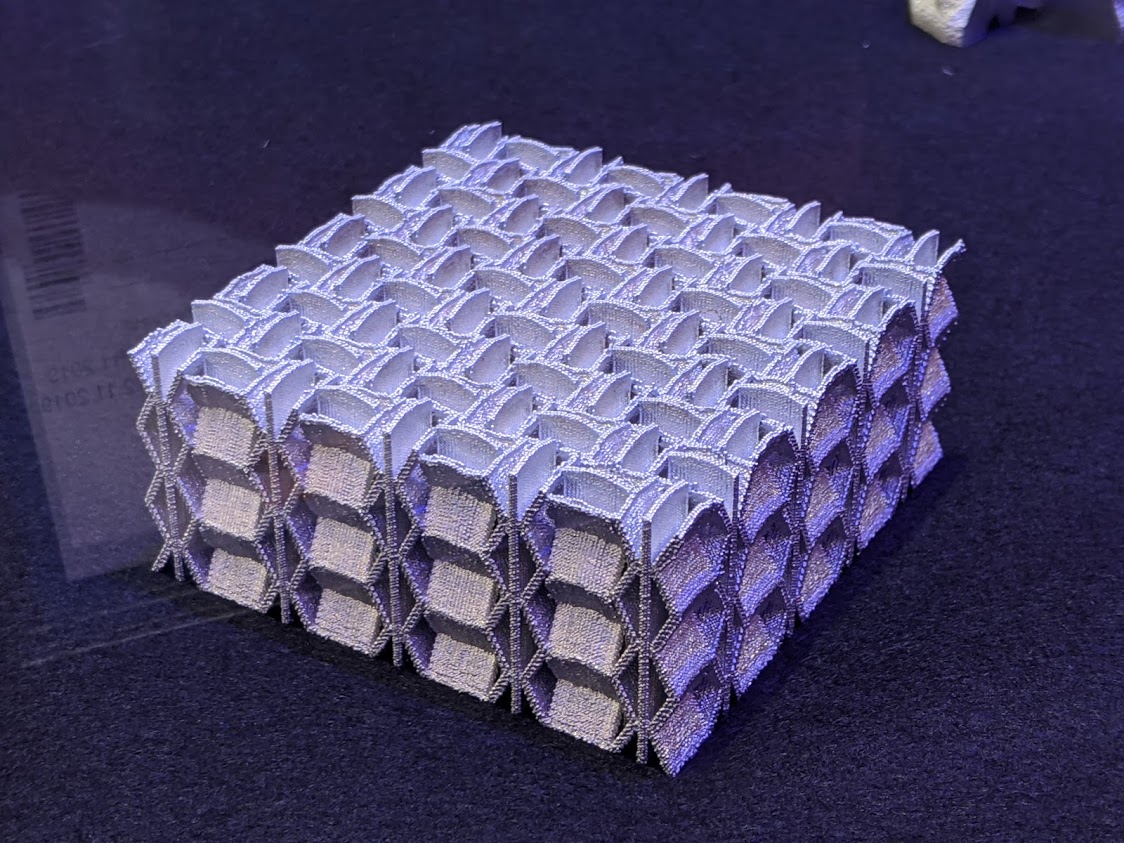GE, Oak Ridge National Laboratory (ORNL), Tennessee, and the Palo Alto Research Center (PARC), a Xerox company, have been awarded an estimated $1.3 million to accelerate the development of 3D printed turbomachinery parts.
“Totally Impactful”
The funds were granted by the U.S. Advanced Research Projects Agency-Energy (ARPA-E) Design Intelligence Fostering Formidable Energy Reduction and Enabling Novel Totally Impactful Advanced Technology Enhancements (DIFFERENTIATE) program.
Within the DIFFERENTIATE program, the partners aim to reduce the timeline for designing and validating 3D printed components by as much as 65%. Brent Brunell, leader of GE Research’s Additive efforts, explained, “One of the keys to enabling the widespread use and benefits of 3D printing is the reduction of the time it takes to create and validate defect-free 3D component designs.”
“Using multi-physics enabled tools and AI, we think we can beat the timeline for some traditional manufacturing processes by automating the entire process.”

The DIFFERENTIATE program
According to the DIFFERENTIATE partners, the optimization of structural characteristics has already been automated, however, part thermal and fluid properties are still limited. Thus, using AI methods, the researchers will create surrogate models to produce defect-free 3D printed components capable of withstanding high-temperatures and stresses.
The ORNL Summit supercomputer, an industrial AI system and ORNL’s High Flux Isotope Reactor will be used to analyze the additively manufactured components. Such parts will be designed for power generation applications such as wind and gas turbines and reduce conventional production from 2-5 years to 1-2 years.
“The combination of model-based and data-driven AI to accelerate generative design is a key innovation that will dramatically reduce the time to synthesize and fabricate quality parts,” explained Saigopal Nelaturi, manager of Computation for Automation in Systems Engineering area in the System Sciences Lab at PARC.
“Surrogate models that encapsulate complex couplings between process physics and part quality will help guide the optimization models in infeasible regions of very high dimensional design spaces. This combination of AI techniques enables automatic multi-functional part synthesis to meet real-world application demands, for which AM can provide truly novel solutions.”

GE, ORNL, and PARC
Prior to the DIFFERENTIATE program, GE Additive entered into a five-year cooperative research and development agreement (CRADA) with the ORNL to explore processes, materials, and software in order to drive industrialization additive manufacturing. As a result, the partners began utilizing the Arcam EBM metal additive manufacturing systems.
Furthermore, at Formnext 2019, Xerox showcased its 3D printing technologies which included the ongoing development of the Liquid Metal 3D printing system, and AI software that is integral to the system. This has been developed at PARC and functions on “physics-based modeling to augment the AI-based software” and has led to the production of complex 3D printed metal parts.

Subscribe to the 3D Printing Industry newsletter for the latest news in additive manufacturing. You can also stay connected by following us on Twitter and liking us on Facebook.
Looking for a career in additive manufacturing? Visit 3D Printing Jobs for a selection of roles in the industry.
Featured image shows a sample of the types of design tools GE, ORNL, and PARC researchers will utilize to accelerate 3D- part design of turbomachinery parts. This illustrates the design evolution of a thermal optimum heat exchanger, using an enhanced multi-physics topology optimization tool. Clip via GE.


